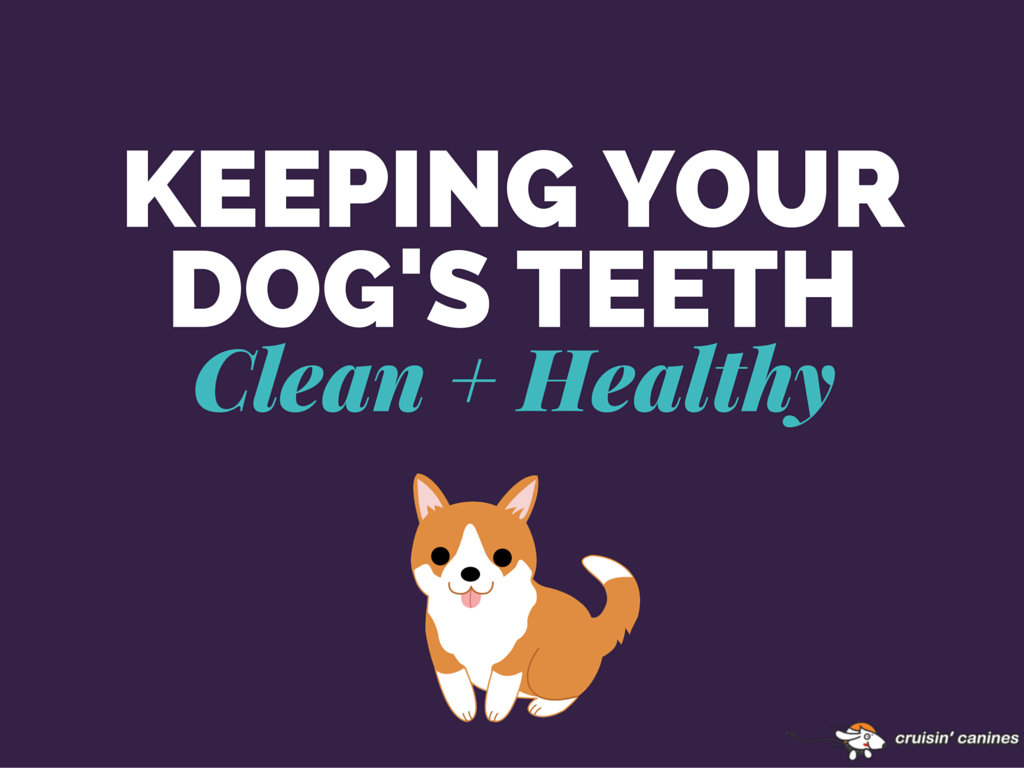Keeping Your Dog’s Teeth Clean and Healthy

Like most everyone, you probably start and end your day by brushing your teeth. But you probably don’t do that for your dog—right? Thankfully, dog teeth aren’t as prone to cavities as human teeth are, but that doesn’t mean you don’t have to keep them clean. Many dogs aren’t too keen on the idea of getting their teeth brushed, but until they grow opposable thumbs, it’s on us to do it for them. Canine dental problems can lead to life-threatening issues, including infection, heart disease, liver disease and kidney disease. What Type of Brushes and Toothpaste are Best? It’s important to use brushes and toothpaste that are meant for dogs—human toothpastes contain fluoride, which is poisonous to dogs. Dog toothpaste is sold at most pet stores, as are dog toothbrushes. Dog toothbrushes can be as straightforward as regular, human toothbrushes, but if your dog is fidgety, ones that slip over your fingers and allow you to brush that way are helpful, as well. Make sure the bristles are soft and not sharp, whichever brush you choose. What to Do if You Aren’t Starting With a Puppy It’s best and easiest to start this habit when your dog is a puppy, but a lot of us either adopt a dog when its not a puppy or simply didn’t know that we were supposed to be brushing all this time. Whatever the reasoning is, starting to brush a dog’s teeth later in life may be met with resistance—similar to how some dogs refuse to let their owners trim their nails. In order to combat this, it’s important to start slow. Try it out when your dog is tired—after a long walk or at the end of the day. Do it just for a short time at first, but keep it consistent, doing it a few times a week. Give your dog a treat after they’ve cooperated, pet them, and verbally praise them—the same way you’d treat them if they were learning a new trick. After a while of this routine, they’ll get used to the teeth brushing, and may even look forward to it (since it means they get treats!). Other Tips for Tooth and Gum Health Other ways to keep your pet’s teeth and gums clean and healthy include things like letting them eat dry food more frequently—crunchy kibble is less likely to stick to their teeth than canned food is, and thus is less likely to cause decay. Note, however, that crunchy kibble is not good for cleaning the teeth, as is sometimes falsely claimed. You can also offer your pet chew toys or bones that can help get rid of build up on teeth and gums, helping encourage tooth and gum health. One thing to be aware of, though, is that using these methods alone would be like you only using mint-flavored gum and mouthwash—it’s better than nothing, but it’s nowhere near ideal. If you’re having trouble with tooth cleaning for your dog, feel free to ask your vet about for tips and tricks on how you can help your pet stay healthier.
